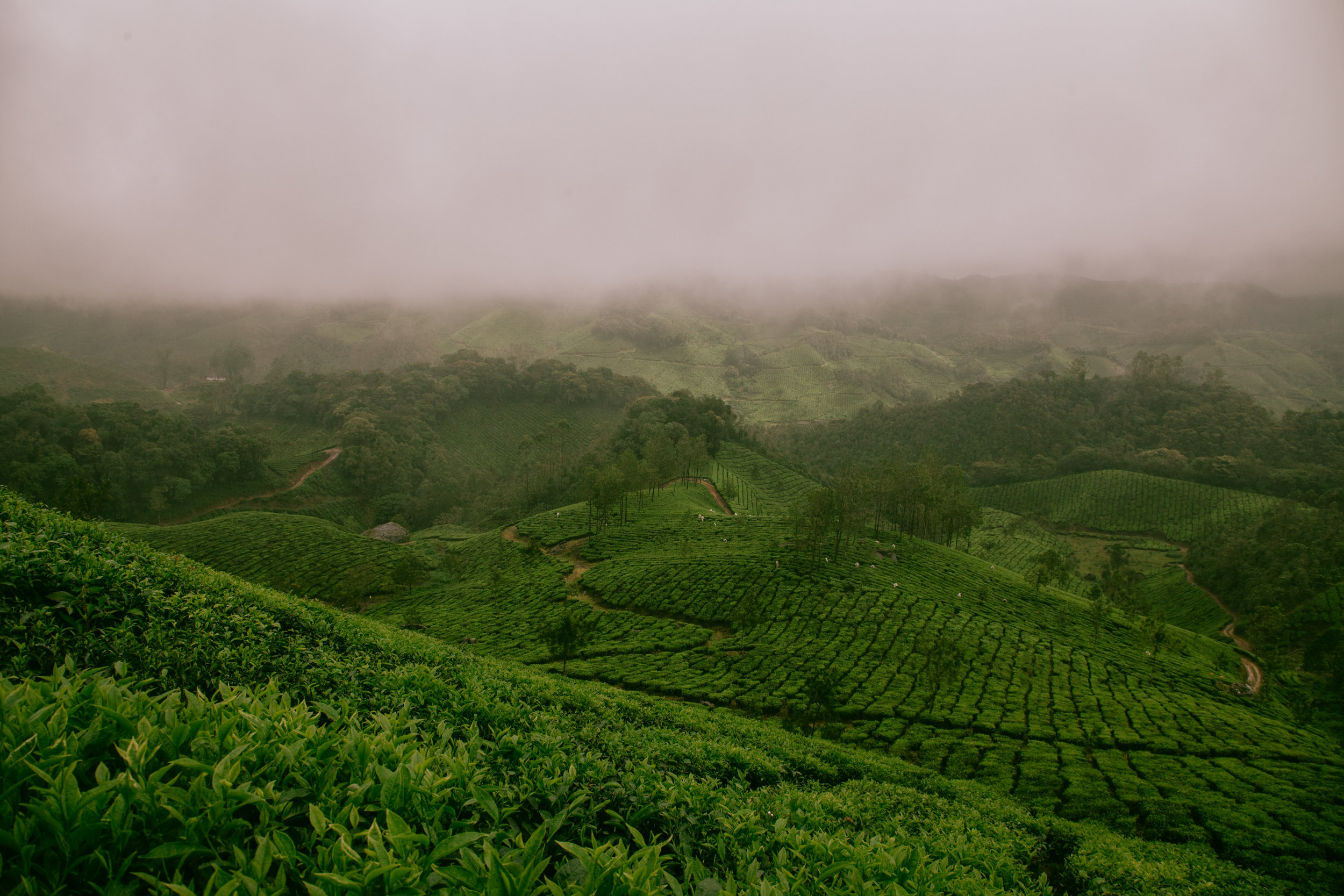What Going Organic Means For Biodiversity Conservation And Human Wellbeing In Darjeeling's Tea Estates

Darjeeling is famous for three things – the misty mountains, the view of the majestic Kanchenjunga and the world famous Darjeeling tea. However, little do people know that Darjeeling is also home to the Chinese pangolin (Manis pentadactyla), one of the most poached animals in the world according to the International Union for Conservation of Nature, 2014. Its scales and meat are in high demand across Southeast Asia.
I conducted a preliminary study on the status and distribution of the Chinese pangolins in 2009. Since then the Chinese pangolin has become one of the most talked about wildlife in the world. This study was conducted outside protected areas and inside tea estates, landscapes that are mostly human dominated. This re-emphasised my focus on conservation efforts outside national parks and wildlife sanctuaries. I found that certain areas such as organically managed estates provided refuge to pangolins whereas others did not, attributable to the absence of certain chemicals. Earlier conservation efforts concentrated on sustaining natural habitat only; however recent evidences from the world show that these intervening landscapes are as important as the fragmented forests. They serve either as refugia or as corridors for biodiversity, thus extending the forest frontier into human-influenced landscapes.
This observation led me to expand focus from a single species to the larger Darjeeling tea-forest landscape. Under the tutelage of Dr. Soubadra Devy, the broadened scope of work as a part of my doctoral dissertation evolved to assess whether the tea-forest landscape has the ability to support biodiversity conservation and human wellbeing through various combinations of certifications and management practices.
Darjeeling tea landscape
The Darjeeling tea landscape is interspersed between protected areas of the Singhalila National Park, Senchel and Mahananda Wildlife Sanctuaries, nestled in the eastern Himalayas. It forms a matrix of tea in which fragmented moist deciduous forests remain embedded, as a continuum of the forest frontier. Many studies on forest-plantation mosaics in the Amazon have shown that intervening landscapes are human dominated. According to ecologists-Perfecto, Vendermeer and Wright (2009) in order to fully realise the outcomes of conservation efforts, it is equally important to understand the socio-economic aspects of the people who depend on these matrices for their wellbeing – livelihood, health, recreation and aspirations.
Although, tea plantations have always presented a bleak image of ecological demise – a legacy of the British Raj and a symbol of exploitation, economic liberalisation of the 90s ushered in various sustainable agricultural standards as a means to address this abuse. As a result, 74 out of the 89 tea estates in the Darjeeling hills became Certified Organic while more adopted Rainforest Alliance and Fair Trade.
We found that certification brings benefits for owners: more visibility in the market, a direct access to reliable buyers & premium earnings. Certifications require a ban on hunting, conserving wetlands, woodlands and wildlife, sustaining ecosystems and offering improved working conditions for hired hands and an access to a share of the premiums earned. But in practice, it merely involves ticking off a checklist without evaluating actual impacts on the ground. Biodiversity monitoring efforts are scarce and worker income remains much lower than India’s basic minimum wage rate for agriculture (both mandated under certification criteria) and many workers have migrated to nearby towns.
A sign with information on the estate's biodiversity
However, amidst this gloomy picture, there are estates that are undergoing transformation. Our study shows that in addition to direct monetary and ecological benefits of certification, participation and collaboration of all stakeholders, allowing for innovation through new ideas and practices, promoting diversity through sustainable and eco-friendly practices by the estate management, can often lift a system spiralling towards un-sustainability into a desirable future. These have been identified as key 'social conditions' (Olsson et al., 2004) for transformation of a system (here the Darjeeling tea landscape with its tea industry, people and forests) to move towards ecological and social sustainability. Therefore in order for certifications to reflect actual impacts on ground, these non-monetary measures must complement the ecological and monetary benefits from the certification process.
Our preliminary biodiversity analyses reveal a significantly higher diversity of birds in certified and those that practice organic but are not certified tea growing areas than in estates still practising conventional methods. Through my observation and field interviews I have found that when there is the presence of a leadership or an ‘eco-steward’ in the estate in addition to certifications, it can move towards the goals of sustainability as defined by the United Nations. Many tea estates are now investing in their workers' wellbeing by allowing for income diversification. By allowing workers to maintain their own forest patches across generations, not just because it’s a mandate of certification, the workers are able to draw benefits in terms of fuel-wood, timber, fodder and nutrition through edible wild fruits and vegetables. In fact, Makaibari Tea Estate, one of the oldest Organic Certified estates in the region, is the only tea estate where workers (including women) are trained to become forest rangers who patrol and monitor the forest and wildlife. Workers can opt for a diversity of income-generating opportunities such as homestays, nature guides and canopy exploration for adventure tourism. Makaibari is the only estate with almost two-thirds of its estate land under forest cover and it supports workers to earn additional income through the sale of produce and medicinal herbs. All these endeavours, has today made Makaibari a premium brand, so much so, that in 2014, Makaibari tea sold for Rs. 1.12 lakhs or $1800 a kilogram.
Key elements of Makaibari’s management were innovation – being the first estate to practise biodynamic farming more than twenty years ago, collaboration with various institutes, diversification of income and participation of all stakeholders that includes workers. A leadership worth emulating, Makaibari provides an example of how actual benefits of certifications can potentially reflect on ground, thereby, making it possible to meet conservation goals while focusing on human wellbeing.
Images by author.
Annesha is a PhD scholar at the Ashoka Trust for Research in Ecology and the Environment (ATREE) in Bangalore. Her research attempts to assess the ability of the Darjeeling tea-forest landscape to support biodiversity and human wellbeing. Her interests lie in using an interdisciplinary approach to address questions that are important for sustainability and borrows from ecology, remote sensing and GIS, sociology, human development and the political sciences.








